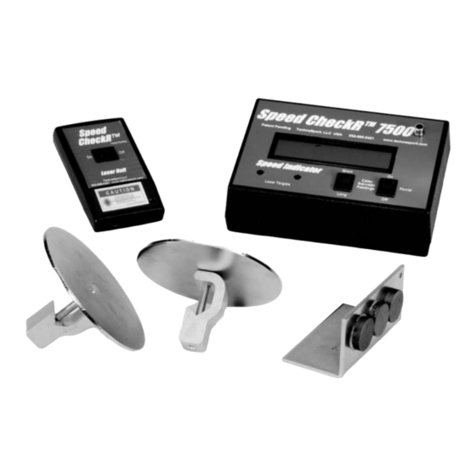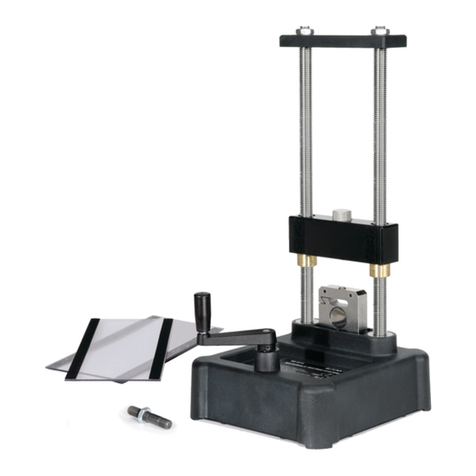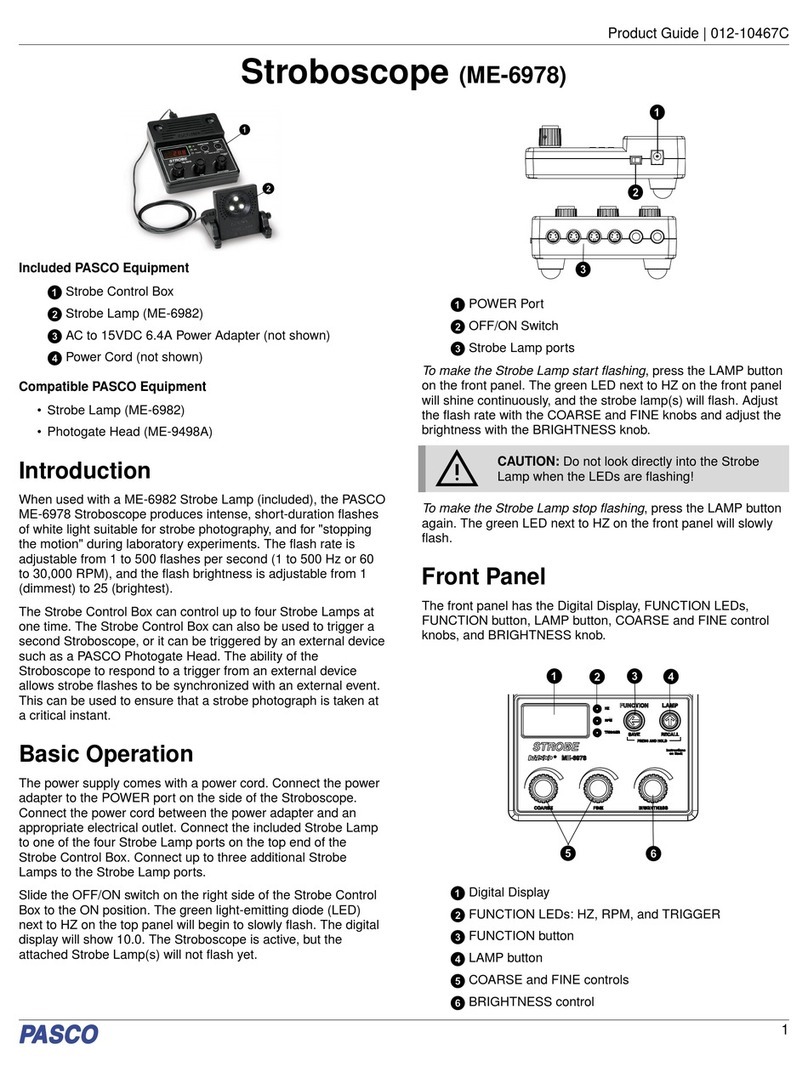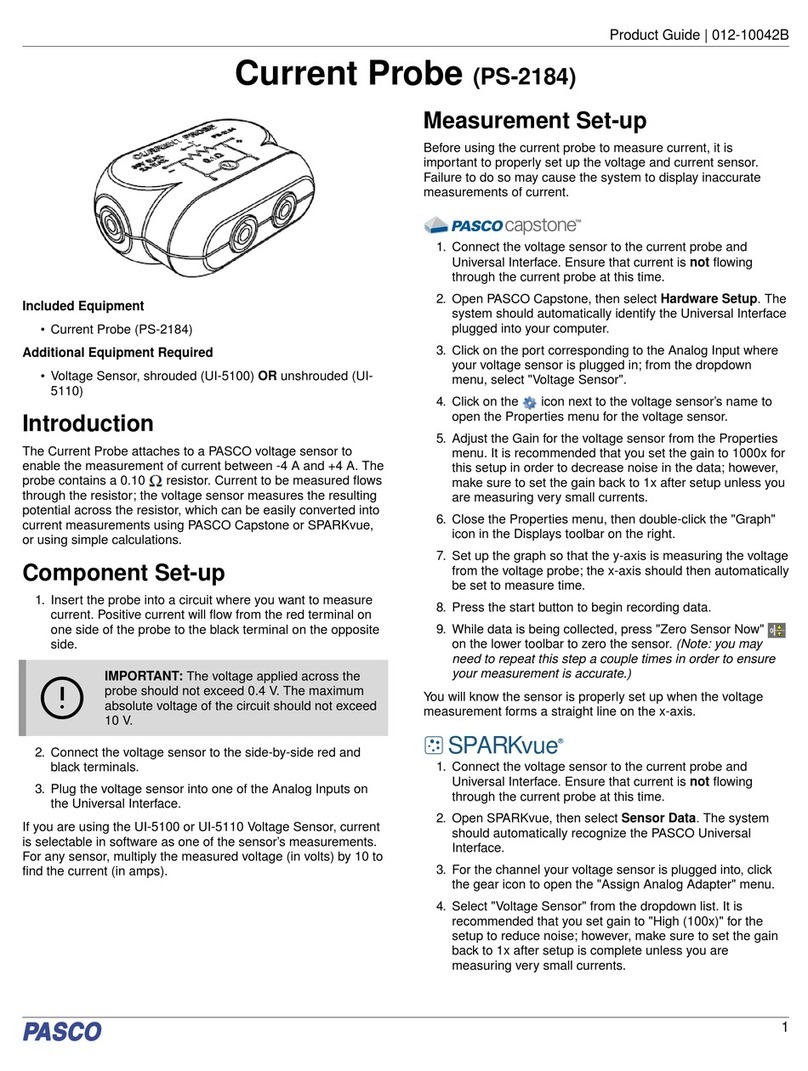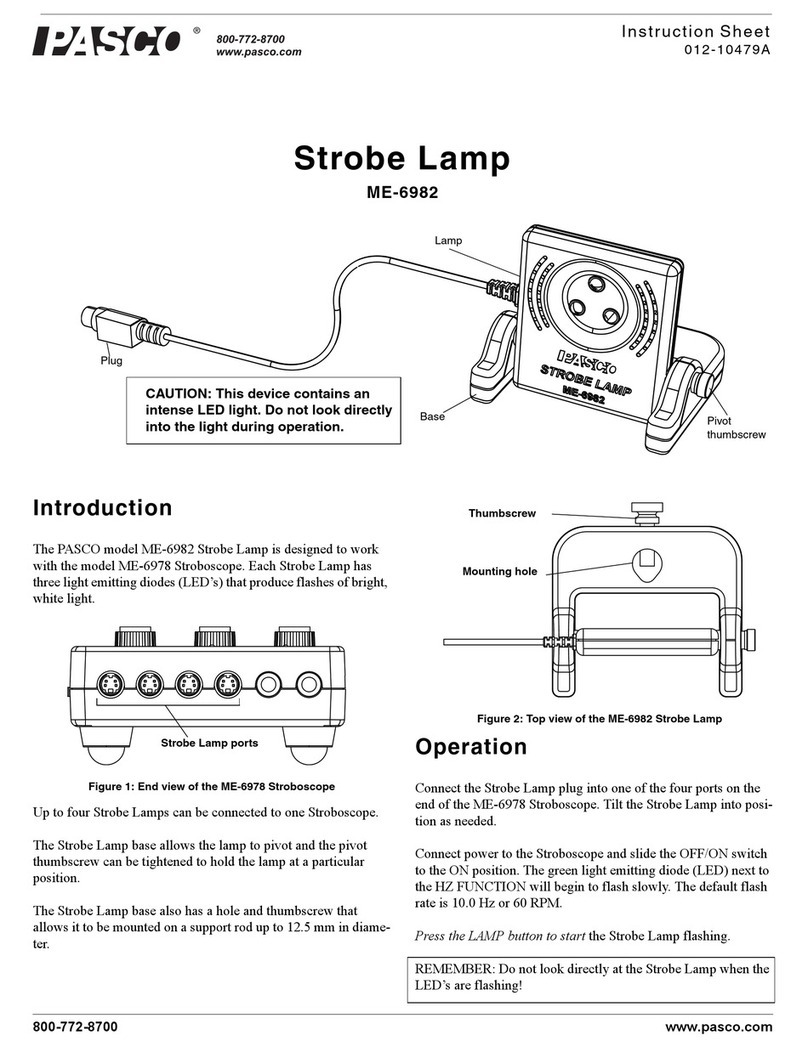
®
Basic Calorimetry Set
5
Experiment 2: Specific Heat
Equipment Needed
• Calorimeter
• Thermometer
• Samples of aluminum, copper, and lead
• Balance
• Boiling water
• Cool water
• Thread
• Antifreeze, approximately 100 g
Introduction
The Specific Heat of a substance, usually indicated by the symbol c, is the amount of heat
required to raise the temperature of one gram of the substance by 1° C (or 1 K). From the
definition of the calorie given in Experiment 1, it can be seen that the specific heat of
water is 1.0 cal/g K. If an object is made of a substance with specific heat equal to csub,
then the heat, ∆H, required to raise the temperature of that object by an amount ∆Tis:
∆H= (mass of object) (csub) (∆T)
In Part 1 of this experiment you will measure the specific heats of aluminum, copper, and
lead. In Part 2 you will measure the specific heat of antifreeze.
CAUTION: This experiment involves the use of boiling water and the handling of HOT metal
objects. Work carefully.
Part 1: The Specific Heats of Aluminum, Copper, and Lead
1. Measure Mcal, the mass of the calorimeter you will use (it should be empty and dry).
Record your result in Table 2.1.
2. Measure the masses of the aluminum, copper, and lead samples. Record these masses
in Table 2.1 in the row labeled Msample.
3. Attach a thread to each of the metal samples and suspend each of the samples in boil-
ing water. Allow a few minutes for the samples to heat thoroughly.
4. Fill the calorimeter approximately 1/2 full of cool water—use enough water to fully
cover any one of the metal samples.
5. Measure Tcool, the temperature of the cool water. Record your measurement in the
table.
6. Immediately following your temperature measurement, remove one of the metal sam-
ples from the boiling water, quickly wipe it dry, then suspend it in the cool water in
the calorimeter (the sample should be completely covered but should not touch the
bottom of the calorimeter).
7. Stir the water with the thermometer and record Tfinal, the highest temperature attained
by the water as it comes into thermal equilibrium with the metal sample.
8. Immediately after taking the temperature, measure and record Mtotal, the total mass of
the calorimeter, water, and metal sample.












